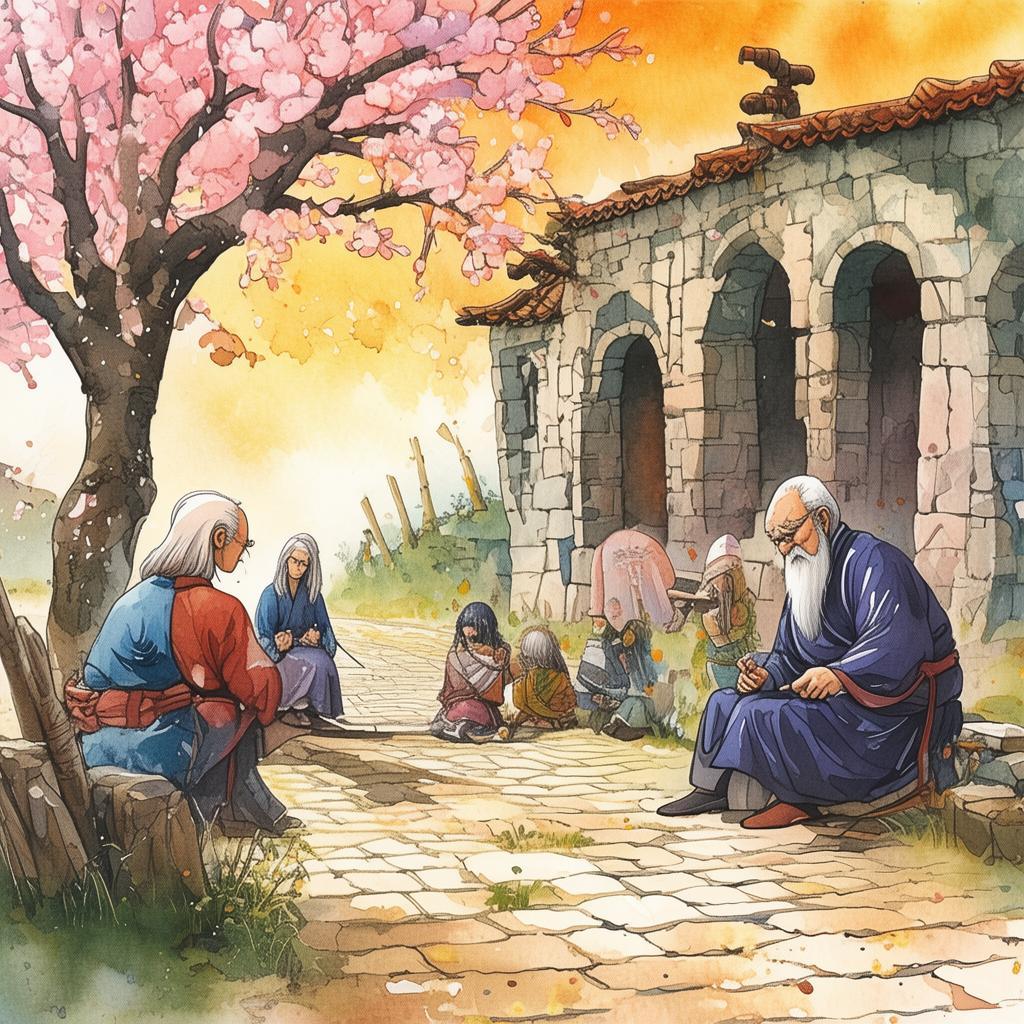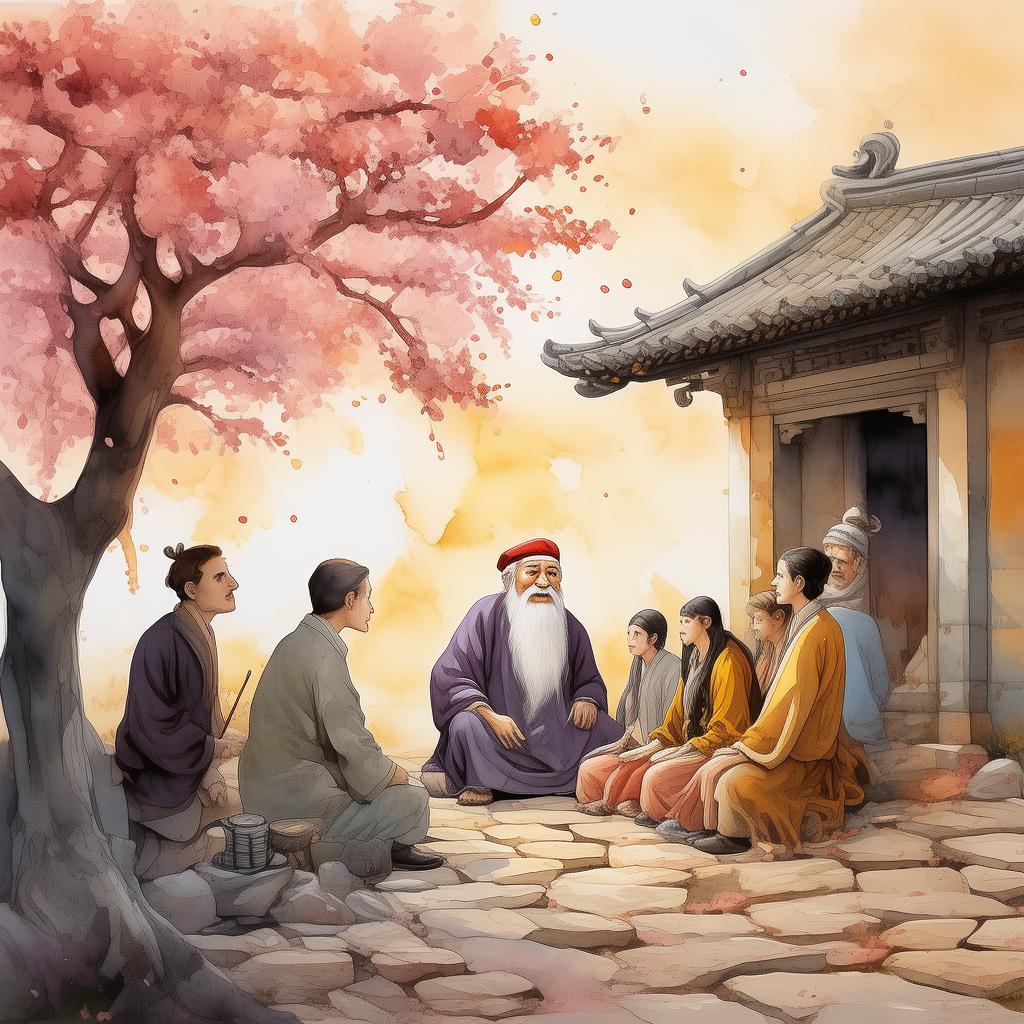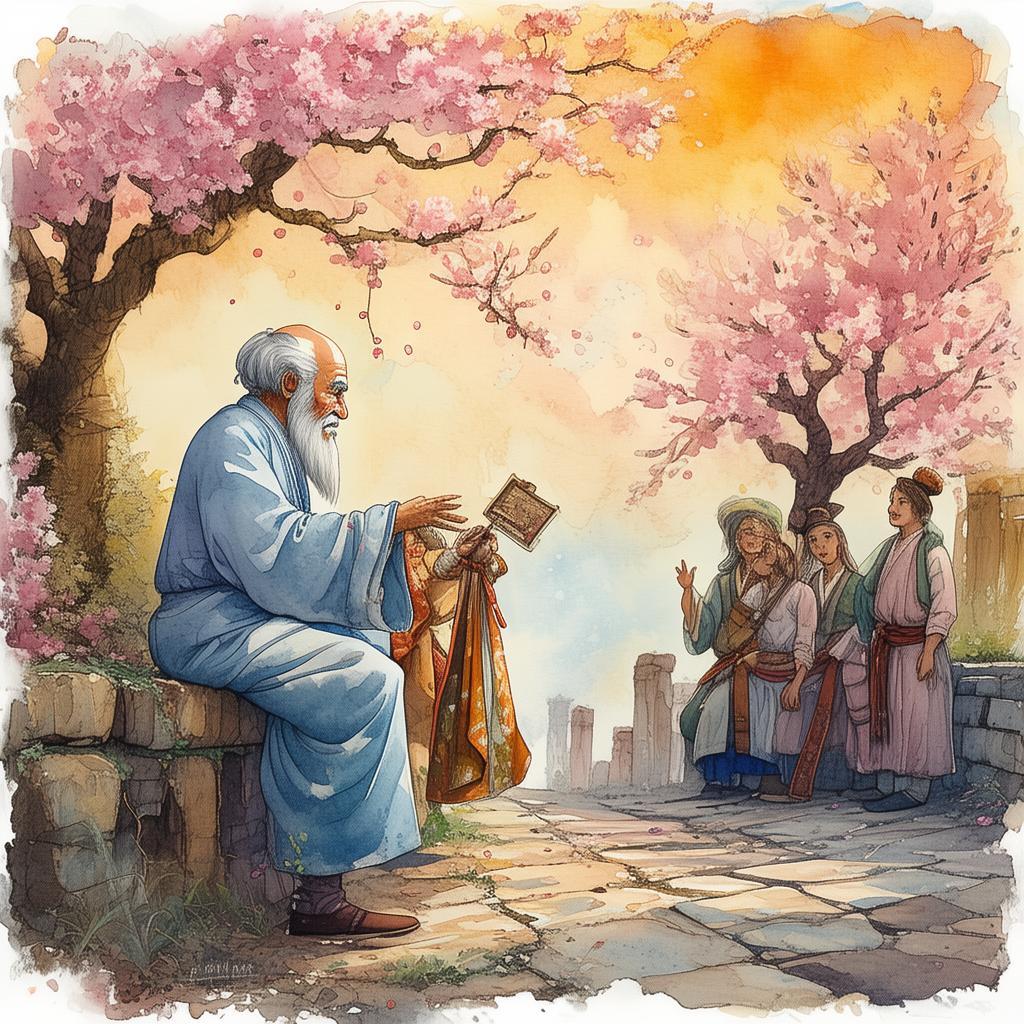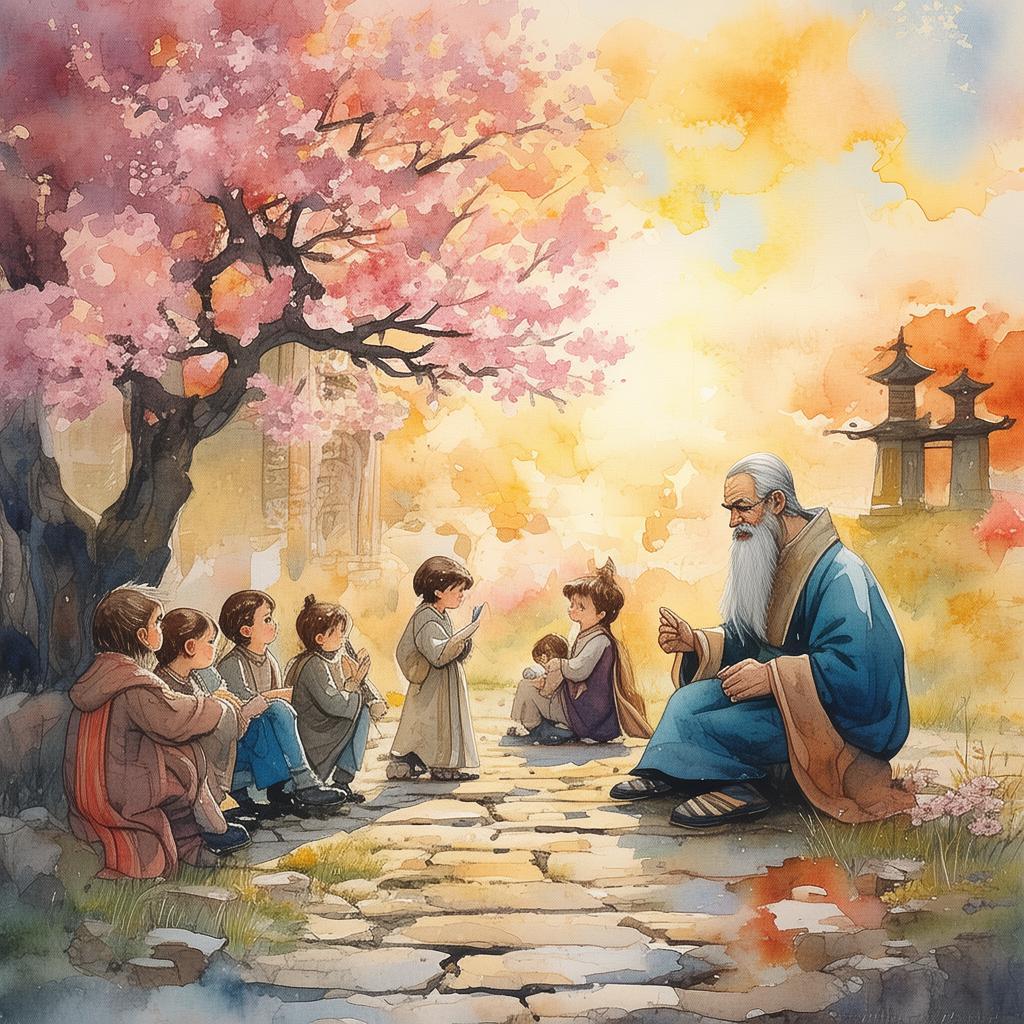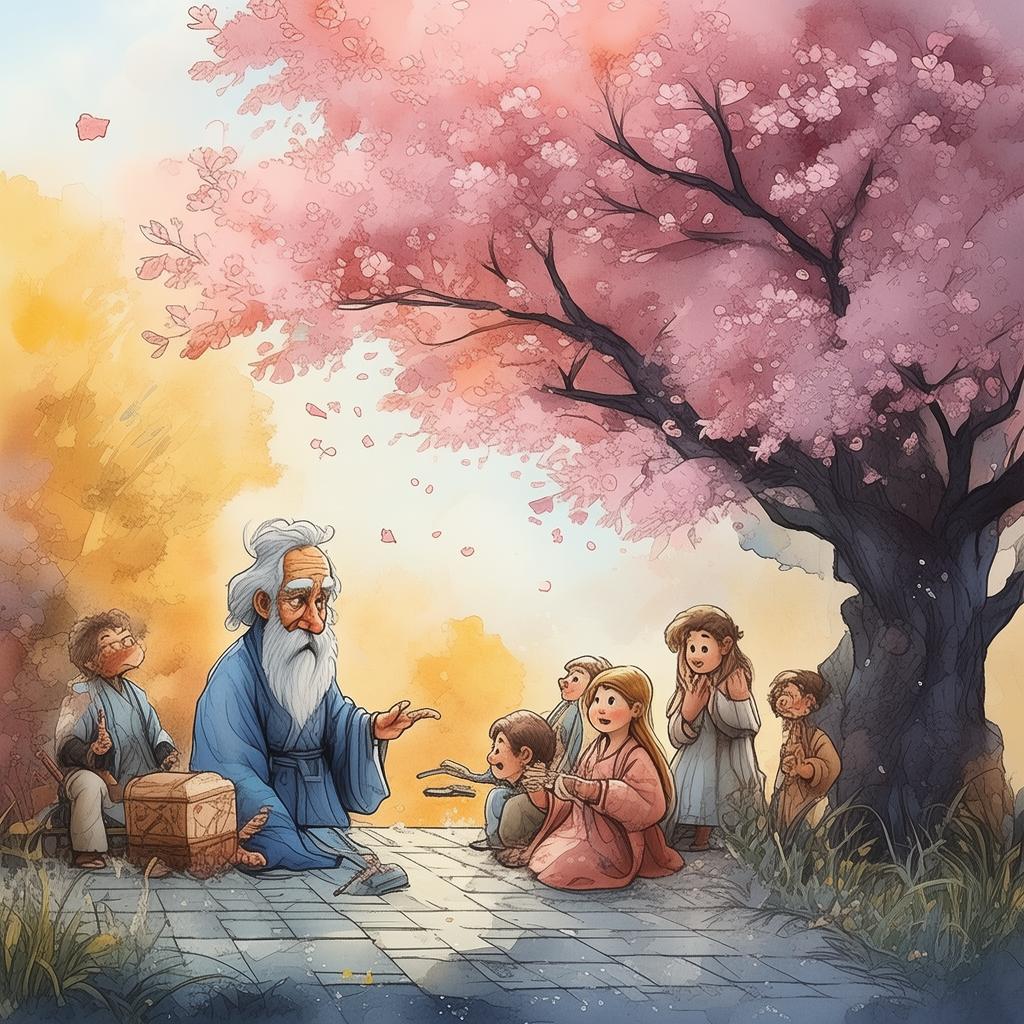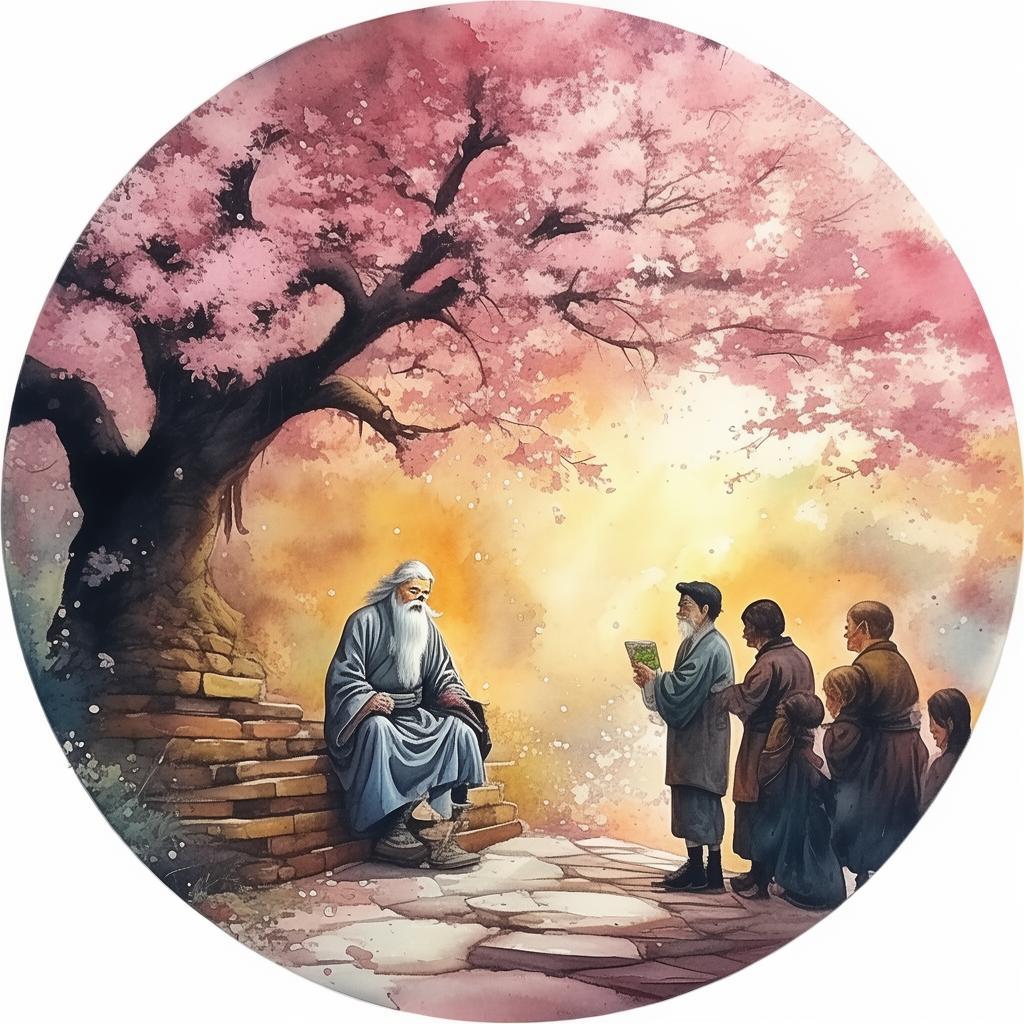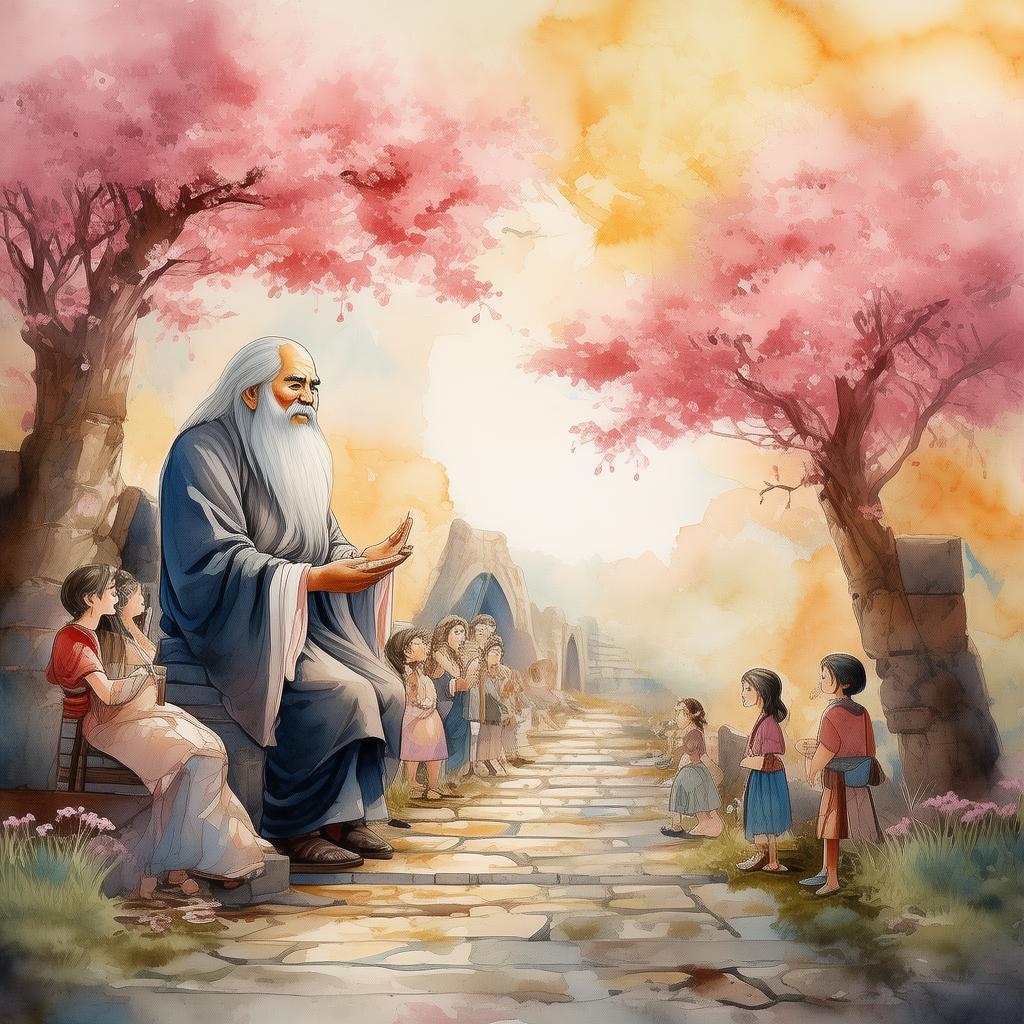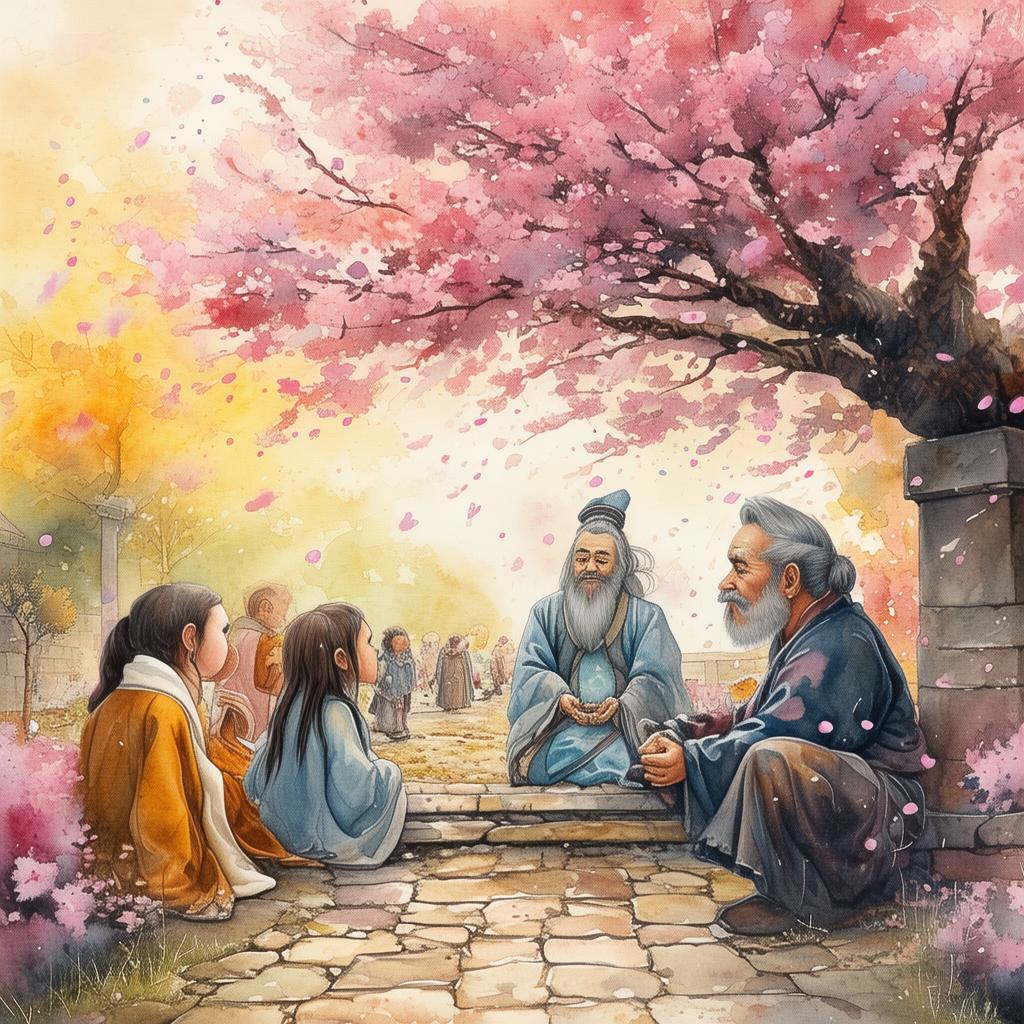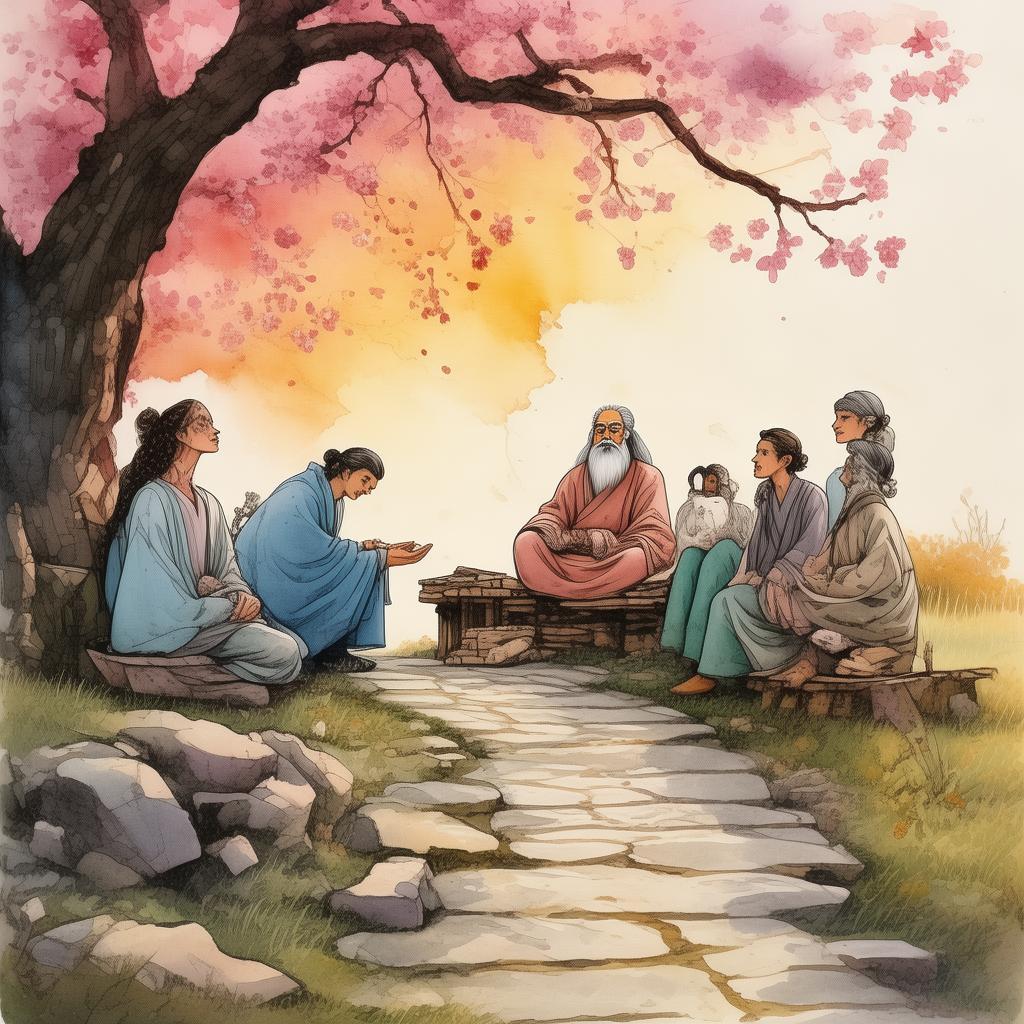The Path of the Soul: A Silk Road Odyssey
In the heart of ancient China, the Silk Road was a network of trade routes that spanned from the Eastern seaboard to the Western reaches of the empire. It was a path of commerce, culture, and most importantly, of spiritual exploration. Among the many who tread this ancient trail was a traveler known as Ming, a man of scholarly disposition and a questing spirit.
Ming had heard tales of the Silk of the Soul, a legendary fabric woven from the threads of a person's deepest desires and fears. It was said that to find this fabric, one must journey to the heart of the desert, where the winds whisper secrets of the soul and the sands hold the echoes of ages past.
One crisp autumn morning, Ming set out from the bustling city of Chang'an, his heart full of hope and his mind clear of doubt. He carried with him a single scroll, a map that led him to the fabled desert. His companions were few: a loyal horse, a wise old monk, and a mysterious woman named Li who claimed to be a guide.
As they ventured deeper into the desert, the world around them began to change. The lush greenery of the city gave way to arid sands and towering dunes. The sky grew wider, the sun hotter, and the journey longer. Ming's companions, too, were tested. The monk meditated in silence, Li's eyes remained watchful, and the horse, weary but determined, kept pace.
One evening, as the sun dipped below the horizon, casting long shadows over the dunes, Ming encountered a daunting challenge. A fierce storm erupted, and the wind howled like a thousand wolves. The monk, Li, and the horse sought shelter, but Ming remained outside, facing the tempest alone.
It was then that Ming had a revelation. The storm was not a mere natural phenomenon; it was a metaphor for the chaos within his own soul. He realized that the true journey was not just across the desert but also within himself. He began to meditate, to listen to the storm, to embrace the chaos.
As he did, the storm seemed to soften, and the sky cleared. The monk approached, his eyes twinkling with understanding. "You have found the Silk of the Soul," he said. "It is the fabric of your own essence, woven from your thoughts, emotions, and experiences."

Li, too, approached, her eyes filled with compassion. "The journey is not over," she said. "The desert is but a symbol. Your true journey is to understand the nature of your own soul and to live in harmony with it."
The next day, Ming continued his journey, but now with a new perspective. He no longer saw the desert as a place of danger but as a teacher, a place where he could confront his fears and desires. He found the Silk of the Soul not in a physical form but in the realization that it was always within him.
As they neared the end of their journey, Ming and his companions encountered a village of nomads. The villagers, recognizing Ming's transformation, offered him a gift—a piece of the Silk of the Soul, woven from the threads of their own lives. Ming accepted the gift with gratitude, knowing that the journey was far from over but that he had gained the wisdom to continue it.
In the end, Ming returned to Chang'an, a changed man. He shared his story, and the Silk of the Soul became a symbol of the inner journey, a quest for self-discovery that every soul must undertake. And so, the legend of Ming and the Silk of the Soul was born, a tale that has echoed through the ages, inspiring travelers and seekers to this day.
✨ Original Statement ✨
All articles published on this website (including but not limited to text, images, videos, and other content) are original or authorized for reposting and are protected by relevant laws. Without the explicit written permission of this website, no individual or organization may copy, modify, repost, or use the content for commercial purposes.
If you need to quote or cooperate, please contact this site for authorization. We reserve the right to pursue legal responsibility for any unauthorized use.
Hereby declared.
